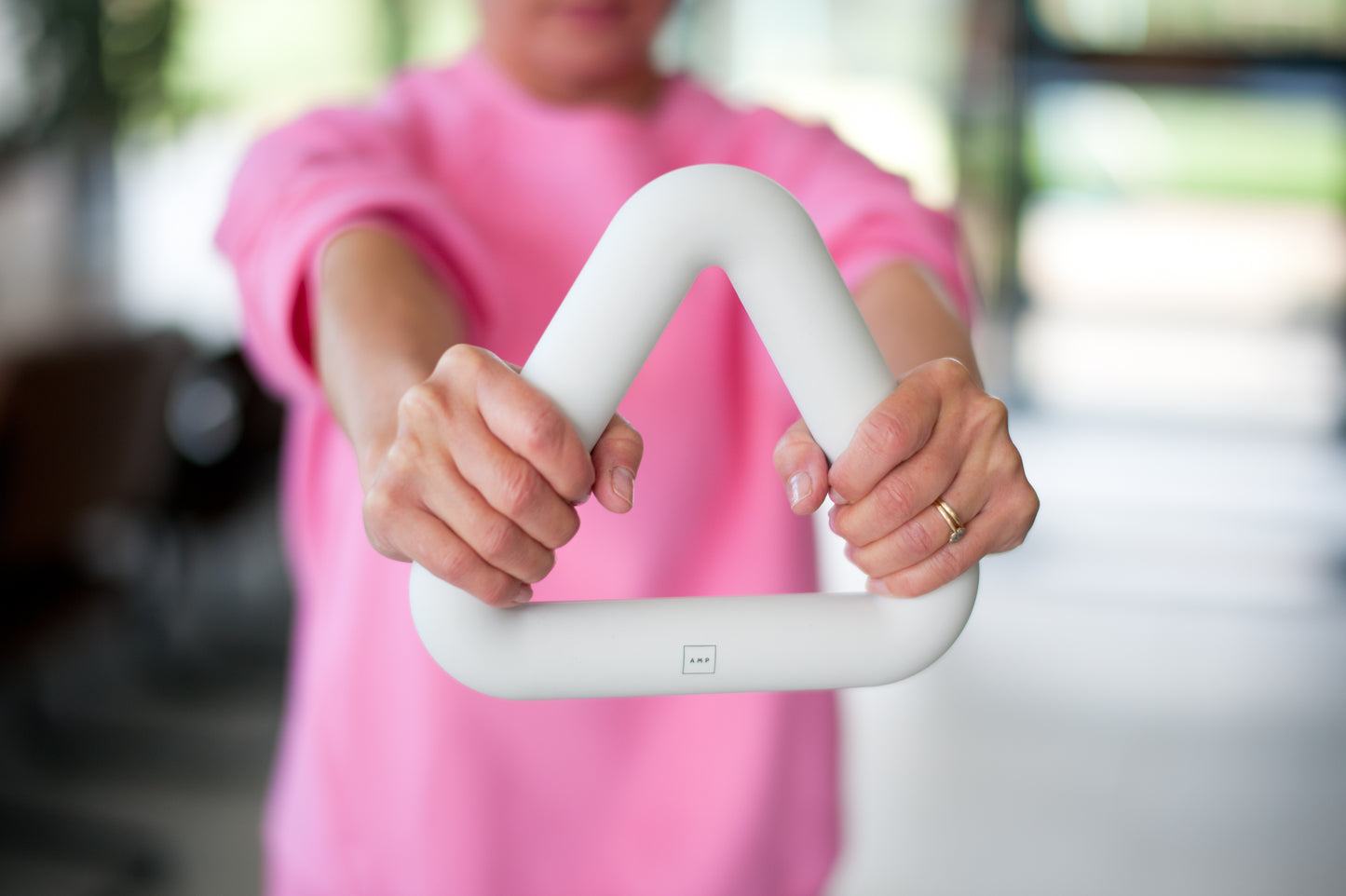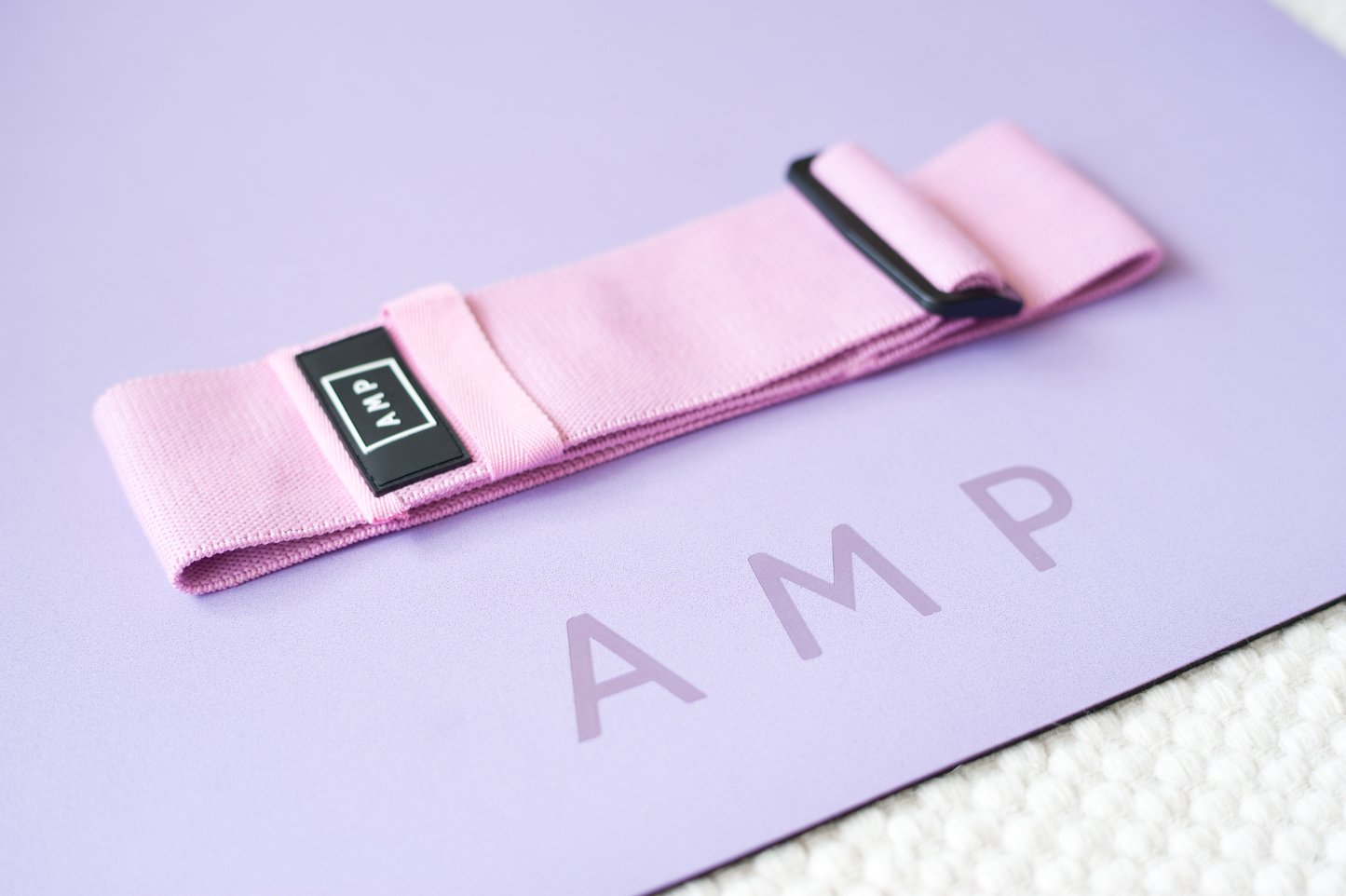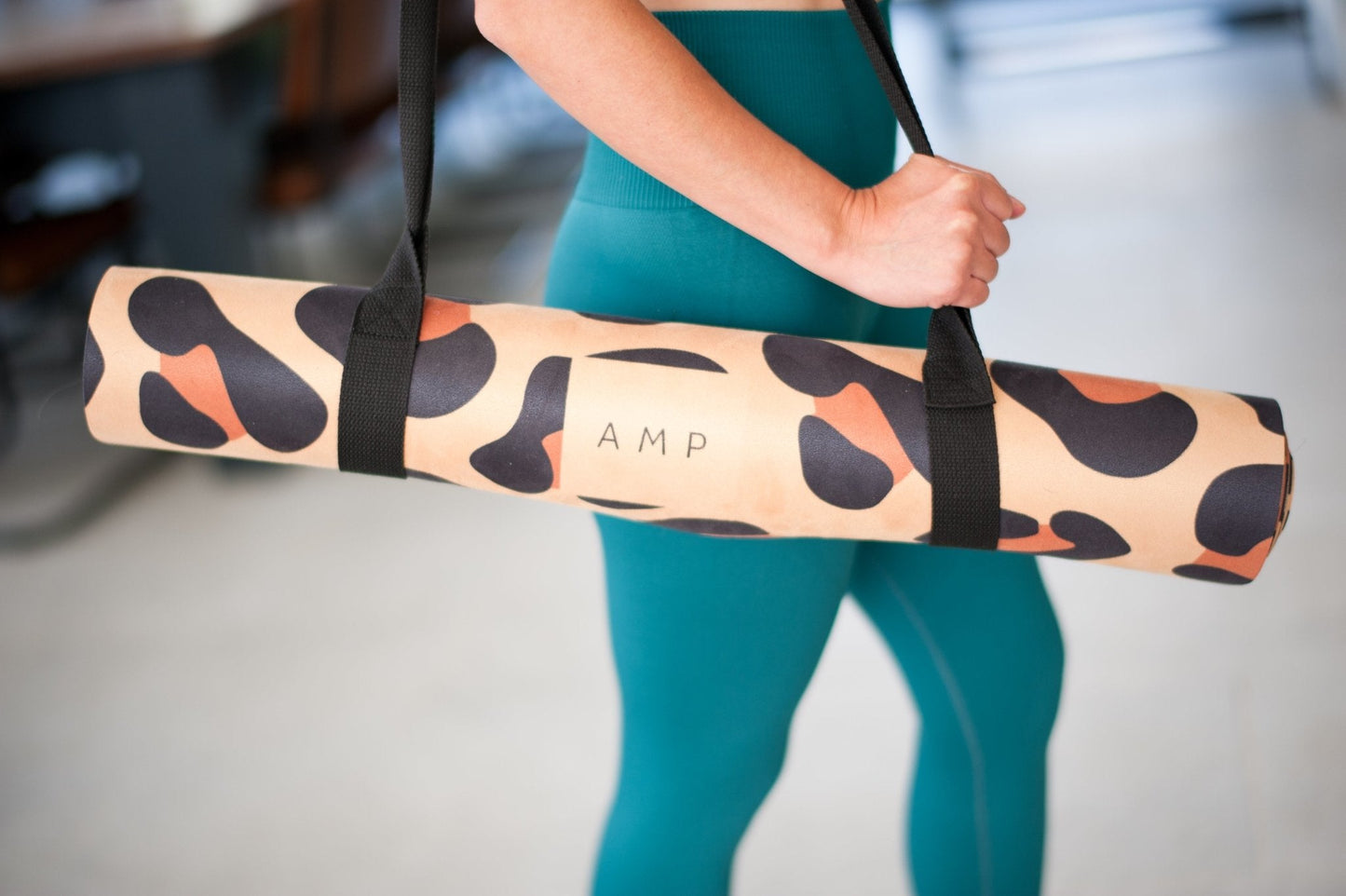Running is an excellent way to improve your cardiovascular health, increase stamina, and torch calories. But are you focussing solely on logging the miles? Incorporating strength training into your exercise routine is key to helping you take your running performance to the next level.

In this blog, learn about the importance of strength training for runners and try our example exercises that can help build strength and endurance in key running muscles.
Run more efficiently

Reduce the risk of running injuries
Strong glutes, the largest muscles in the buttocks, are particularly important for preventing injuries in runners. When the glutes are weak, other muscles in the lower body may overcompensate. This results in poor running form and increases the risk of injury and knee pain.
Better running form
Enhance your overall performance
What’s more, as well as these physical benefits, strength training can also improve mental toughness and confidence, helping you keep running even when you start to feel the burn.
Increase bone density
Examples of Strength Training Exercises for Runners
AMP’s 4lb adjustable ankle weights are a great way to add resistance to your leg workouts, helping to strengthen and tone key running muscles like the quadriceps, hamstrings, and glutes. You can also maximise the effects of your workouts by adding AMPs fitness 6lb fitness bars. When using these, focus on slow, controlled movements.
To point you in the right direction, here are some examples of strength exercises using ankle weights and strength bars:
Ankle Weight Squats:
Lower yourself into a squat, keeping your back straight and your weight over your heels.
Place the ankle weights around your ankles and stand with your feet hip-width apart. Raise one leg straight out to the side, keeping your leg straight and your toes pointed. Lower your leg back down to the ground and repeat for several reps on each side. This exercise targets your outer thighs.
Ankle Weight Kickbacks:
Hold a strength bar in each hand and take a big step forward with one leg. Lower your body down into a lunge, keeping your back straight and your front knee behind your toes. Push back up to a standing position and repeat for several reps on each side. This exercise targets your glutes, quads, and hamstrings.
Strength Bar Deadlifts:

Summary
Whether you're a seasoned runner or just starting, strength training can be a game-changer for your running performance.



























































